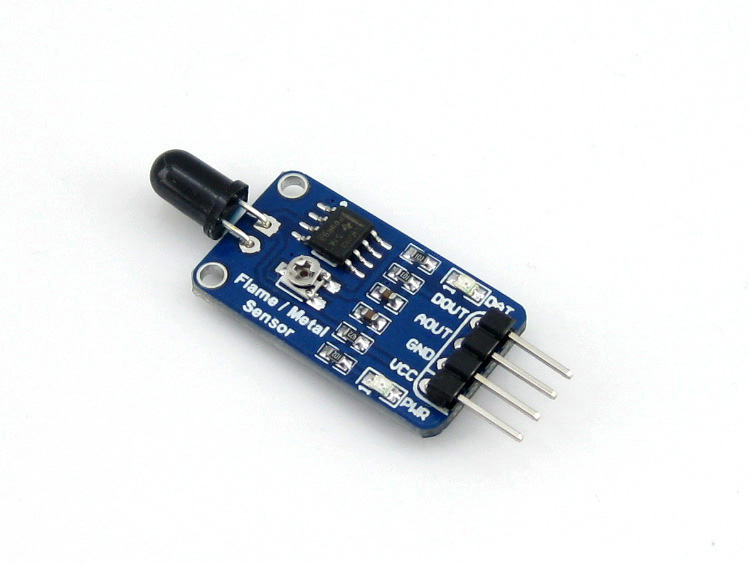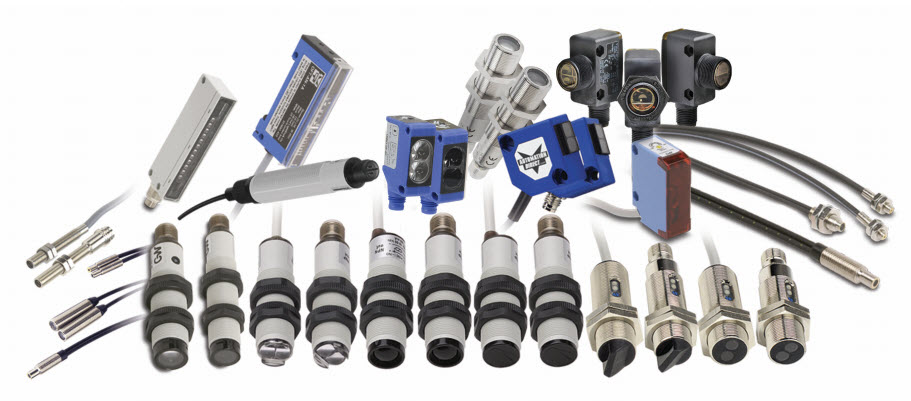In an automation company in Malaysia, sensors would be one of the common components in its industry, and there are different types that carry different functions for different instances. The universal feature of sensors is the detection of an entity’s or object’s presence and function from there.
A lot of sensors are used in public settings for the sake of convenience or security. Here are some that you may see whenever you are going out for work or a casual day.
Proximity
Proximity sensors detect physical presences like most other sensors within a range of up to several millimeters and send a signal to a computer or application. They can be implemented with other techniques such as ultrasonic, optical, or some other sensors.
Specifications of proximity sensors are based on the sensor types, maximum sensing distance, minimum and maximum operating temperatures, diameter and length. Although their ranges are usually short, they can be designed to detect longer ranges when necessary.
Motion
While proximity sensors detect the mere presence of objects in their range, motion sensors count movement or stoppage as detection to send signals to controls or display devices. Examples of applications that involve the use of motion sensors are detecting the disrupted workflow of conveyor belts and or seizing of bearings.
Metal
Commonly found in airports or other places with layers of security, metal sensors detect metallic objects on people or objects such as packages. Depending on the setting, metal detectors can either be permanent or portable, so there is more flexibility in detecting any threatening objects on people.
In specific manufacturing work such as sawmilling or injection molding, metal sensors can be customized to exclusively scan certain types of metal.
Temperature
Temperature sensors are designed to measure any changes of the current temperature and send this input into a display or control device. Usually, this sensor also requires a resistance thermometer detector (RTD) or thermistor to convert measured temperatures into output voltages.
This is important for places with chemicals or gases that could be harmful if they reach beyond certain temperatures. Laboratories or process industries are good examples and inside, the thermal attributes of gas, liquid and solids are measured to see whether they are still safe to handle.
Flame

Flame sensors sense the presence of a fire and warn a control device about it after providing signals to the input. They work by relying on ultraviolet or infrared sensors to detect the fire and are integrated into combustion control tools such as burners.
When you are buying fire safety systems for your business, flame sensors will definitely be implemented in devices such as fire alarms and smoke detectors. Of course, fire sensors alone are not enough to make your building a fire-free zone.
By default you would have emergency exits and evacuation drills to follow should a flame occur, but if it looks like that it can be combated, invest in a fire extinguisher instead. Not all types deal with every flame classes, so read the labels and do some research before you sink your money into one red, portable fireman.


Recent Comments